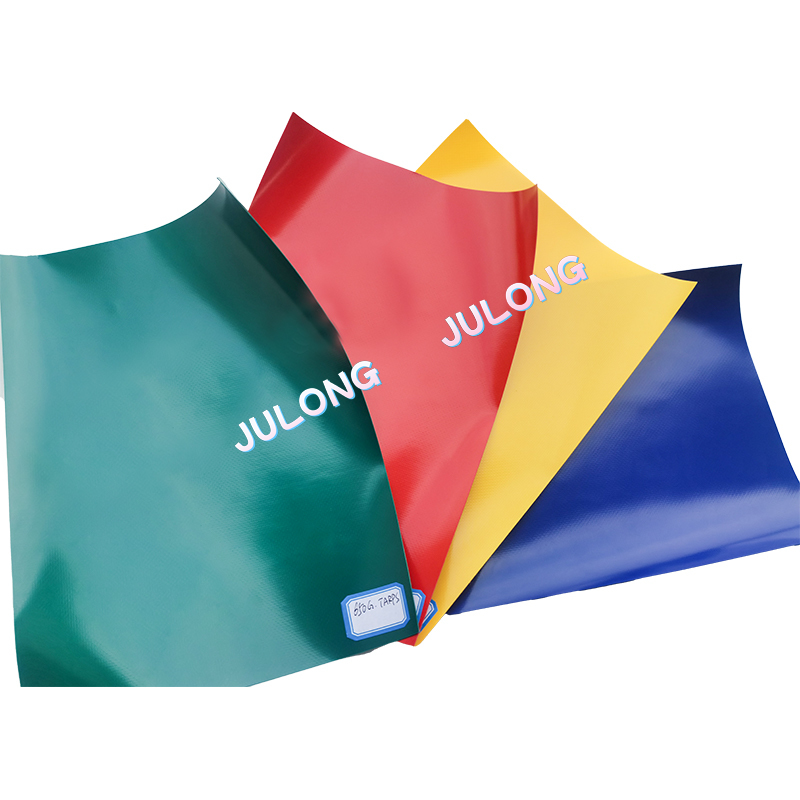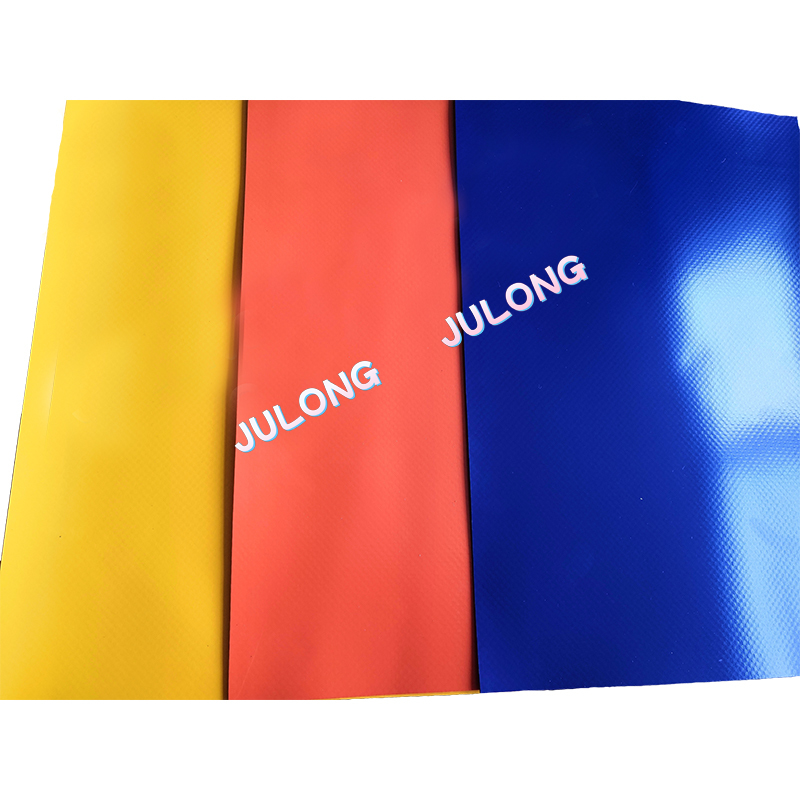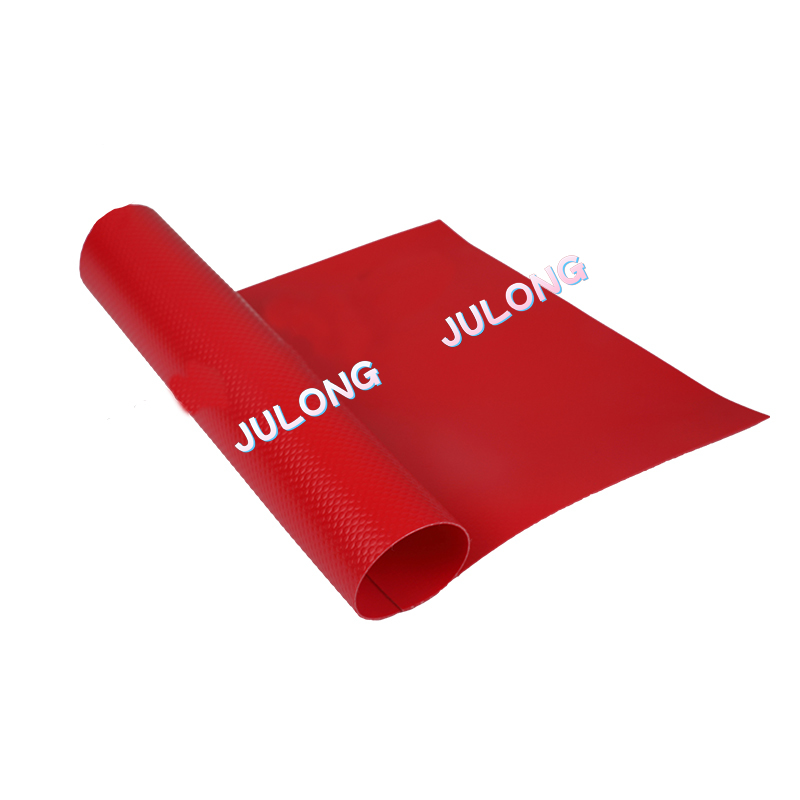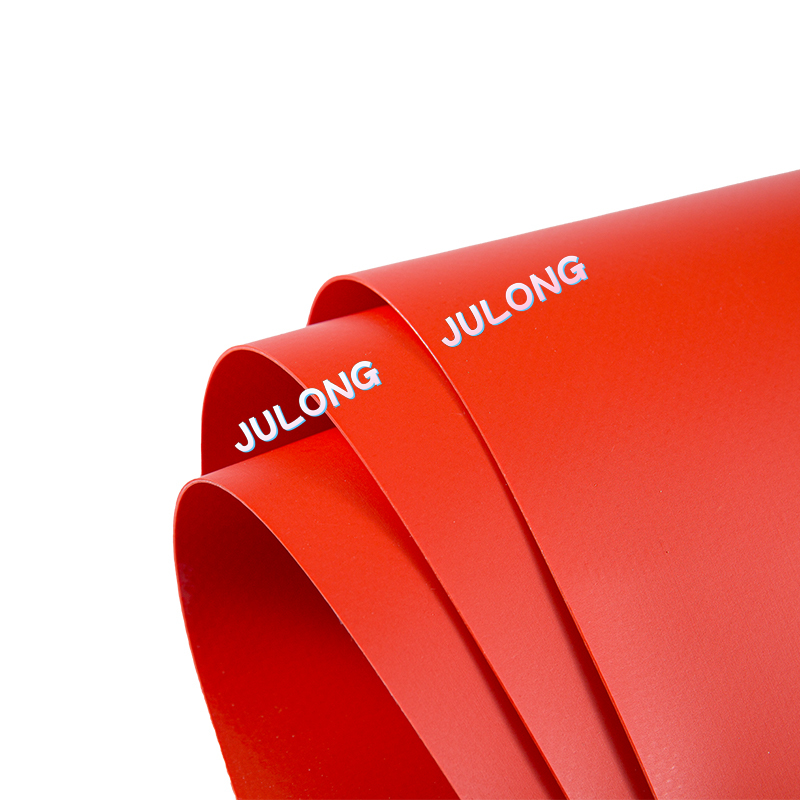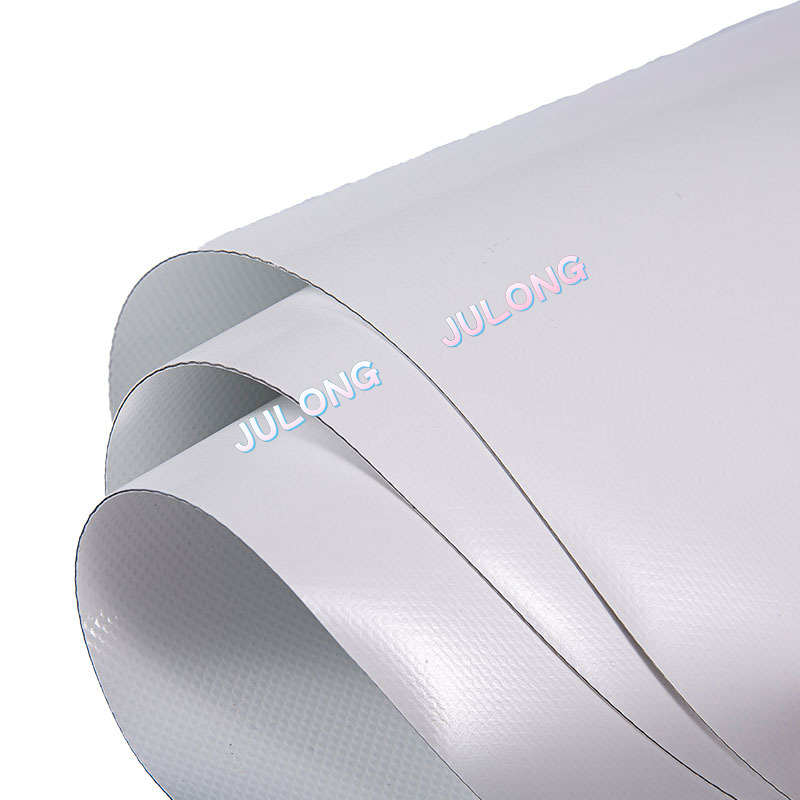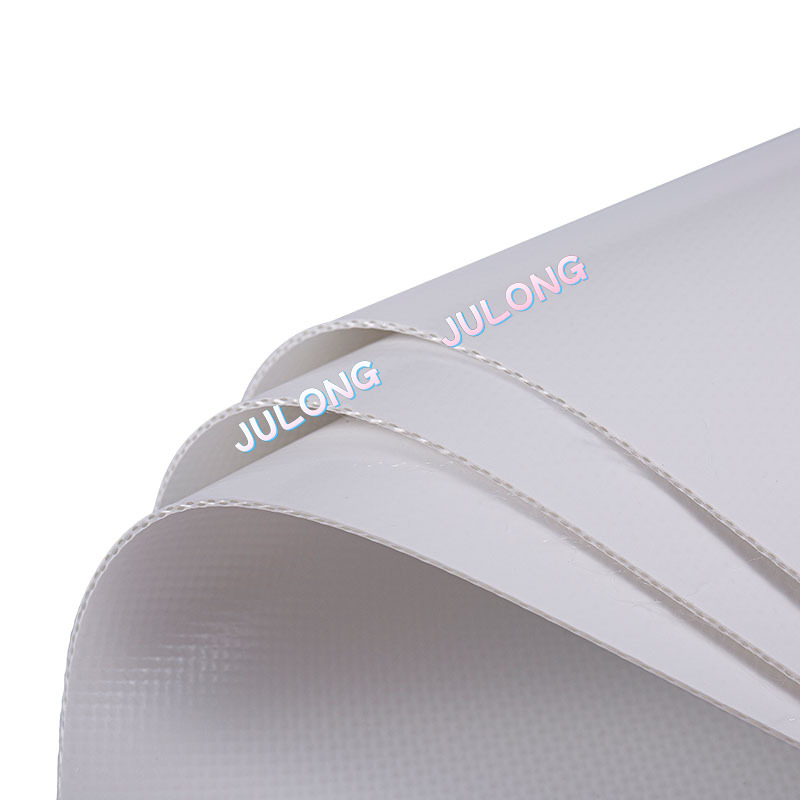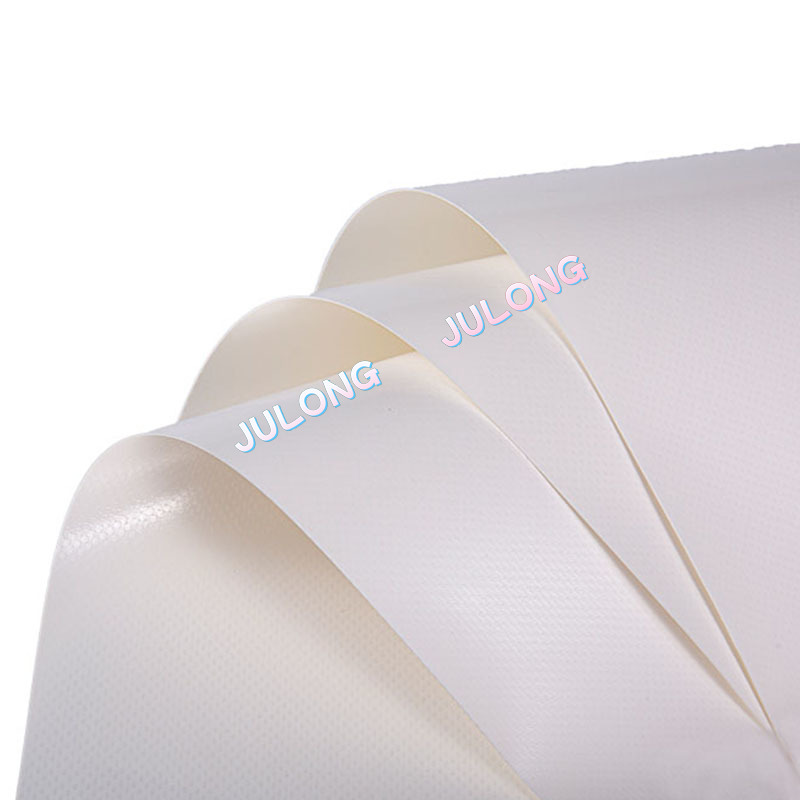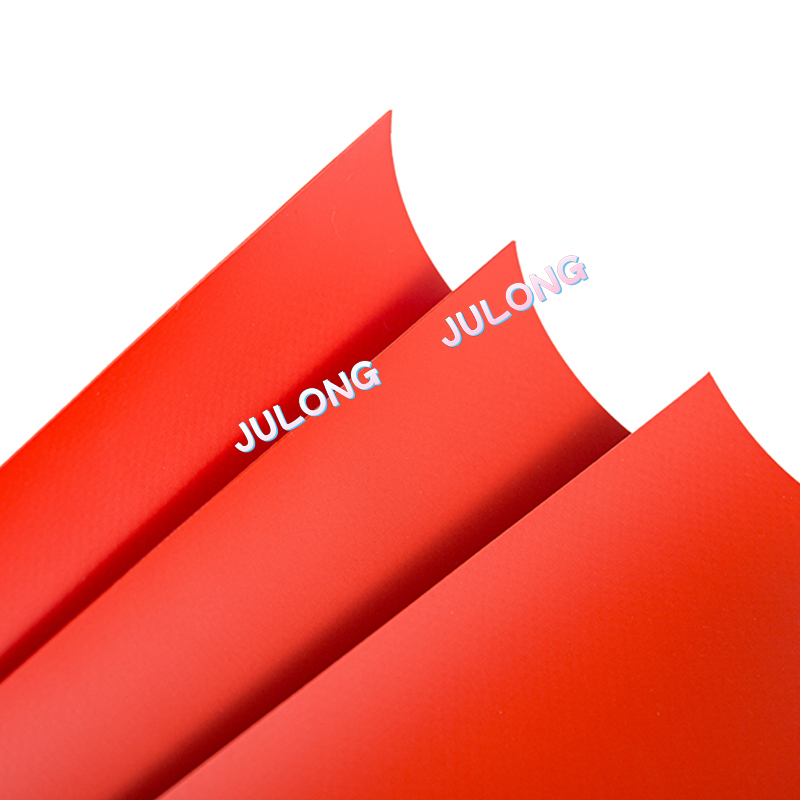At present, the development of domestic membrane structure is exciting. The construction of some large gymnasiums, waiting halls, and other international events such as the 2010 Shanghai World Expo and the Guangzhou Asian Games, has brought opportunities and challenges to the development of membrane structures in my country. Especially in terms of membrane materials, my country started late, and the technical level is low; most of the membrane materials mainly rely on imports. PTFE, PVC, surface-modified PVC, ETFE, and other membrane materials are the mainstream of the market and are widely used. The main introduction here is the PVC architectural membrane.
The membrane structure is mostly composed of steel and cables, and the membrane material combined with the structure is gradually becoming functional and intelligent. The membrane material has the advantages of light, free and beautiful shape; light transmission, energy saving, environmental protection, excellent flame retardant performance; anti-fouling and self-cleaning performance; safety, and long life. Based on these advantages, architectural membrane materials stand out. Membrane structures are called "21st-century buildings" and are used in large stadiums, entrance corridors, shopping malls, casinos, parking lots, exhibition venues, botanical sightseeing gardens, and other buildings.
At present, the widely recognized standards for architectural membrane materials are the three categories of A, B, and C stipulated by Japanese JISA-93, which are divided according to their fire performance. Class A is the best, and it is made of glass fiber fabric as the base material and coated with PTFE; the second class is made of glass fiber fabric and coated with PVC; The fabric is made of PVC coated as the base material. According to the coating material, there is polytetrafluoroethylene (PTFE), polyvinylidene fluoride (PVDF), polyvinyl fluoride (PVF), polyvinyl chloride (PVC), polyurethane (PU), rubber, etc.
Glass fiber PVC architectural membrane. This kind of membrane material was developed and applied relatively early. It is usually stipulated that the thickness of the PVC coating at the intersection of the warp and weft lines of the glass fiber fabric should not be less than 0.2mm. In order to improve the aging resistance of PVC itself, some light and heat stabilizers are often added to the coating. A certain amount of UV absorber should be added to light-colored transparent products, and carbon black is often added to dark-colored products as a stabilizer. In addition, there are many methods for surface treatment of PVC, such as laminating a very thin metal film or spraying aluminum mist on PVC and using mica or quartz to prevent the surface from sticking and becoming contaminated.
At present, many companies, scientific research units, and universities are conducting research on PVC surface coating materials, such as PVDF, nano-TiO2 surface coating, etc. The research has achieved initial results. In addition, the research on surface antifouling and self-cleaning treatment, such as bionic load Leaf construction of micro-rough surfaces, also started.
Xinrui is a professional custom architectural membrane factory. If you are interested in the product, please contact us.


 English
English عربى
عربى